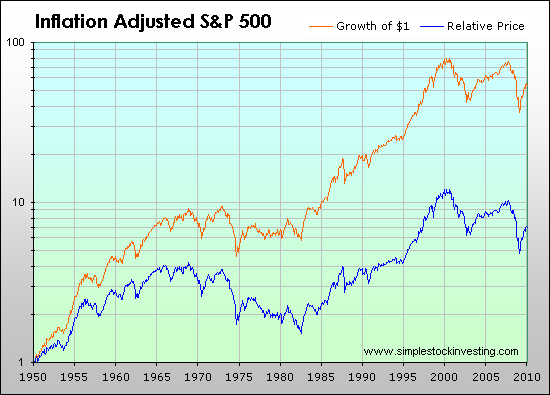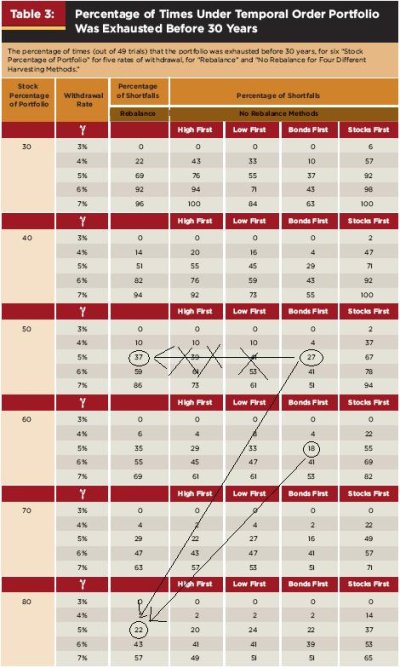BTW, I think Bunny has a great plan. Just retire twice as rich as you need to be, so you can live off 1/2 your stash without selling securities.
Oh Ha, come on. Thats not what I said and you're smarter than that.
Retirement is a balance of certainties and uncertainties. I've simply chosen a different balance of those. I dont have twice as much money, just less costs and less uncertainty.
I havent created a bunch of constructions that may produce a future uncertain higher rate of return and then made a bunch of certain constructions with poor rates of return to offset the future uncertain volatility and uncertain inflation levels.
Its just a matter of ascertaining ones spending needs going forward, minimizing unnecessary costs and risks and putting together a mix that meets that need.
Theres two ways to run a business.
1) Think up all the cool products and services you can conceive, then try to figure out how to sell those to people, spend a bunch of money in the process and hope your income meets the expenses and produces a profit. Cut expenses, headcount and projects if you dont. Do lots of projections, make lots of guesses, and build all sorts of layers of failsafes into the company.
2) Determine what kind of company you want to run, what sorts of needs customers have that you can solve, determine what people will pay for those products and services, produce them, sell them, keep the spending and company size in line with the expected income, and have a fairly predictable business.
The sort of planning most ER's engage in is #1..and thats how many businesses are run as well. Its not needs based and planned, its ad-hoc and improvised. Which is what most people are comfortable with. Until they start bitching about having to deal with all the surprises and shortfalls, or they fail because they built in too many failsafes that drained off too many resources.
ER Planning Process: How can I build an asset allocation that produces the most money with the best expected risk to reward factor, coupled with a bunch of personal implications like ones willingness to experience volatility and loss. Then when I get that worked out, how much money can I take out without it imploding. Now, can I live within that spending limit.
Problems come up when any expectations or uncertainties in the process crop up. A bear market. Lower future returns than historic. Unexpected inflation.
I did #2. Figured out how much I needed to spend, eliminated unnecessary expenses, broke my portfolio in half, crafted one half to meet the reduced current expenses with expected future cost increases over the next 20 years, and deployed the other half for maximum growth to service the second half+ of my retirement.
Most of those uncertainties no longer matter. Granted a severe long term bear market with extensive defaults and bankruptcies would screw me. But it'll screw everyone equally.
Hence not needing to outrun the bear, just the other participants...
I'd rather used fixed income to produce a steady predictable stream of funding than as a brake and parachute against all the other frightening uncertainties and failsafes I've invested in to try and maximize future earnings so as to meet my costs and debt payments.


